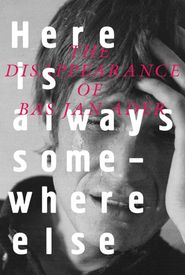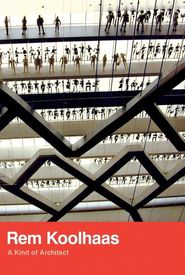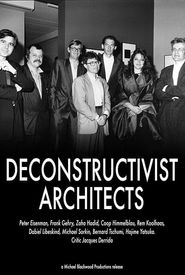Rem Koolhaas, a renowned architect and modern architecture theorist, was born in the Netherlands in 1944. His father, Anton, was a writer and director who worked in the Dutch film industry from the 1950s to the 1970s.
Koolhaas himself was influenced by Italian directors Pier Paolo Pasolini and Michelangelo Antonioni, and was part of a group of emerging Dutch filmmakers, including Rene Daalder, Jan De Bont, and Roby Mueller. Together, they collaborated on experimental films, such as 1,2,3 Rhapsodie, in the mid-1960s, and later on the feature film The White Slave.
During this time, Koolhaas was also working as a journalist, where he critiqued the French concept of auteur theory, arguing that multiple individuals involved in a film's production were equally responsible for its creation. This perspective contrasts with his later work in architecture, where he is often credited as the sole designer or creator, despite the contributions of numerous others.
In his early career, Koolhaas was part of a group of budding filmmakers, working on experimental films and feature-length productions, while also developing his skills as a journalist and critic.




















